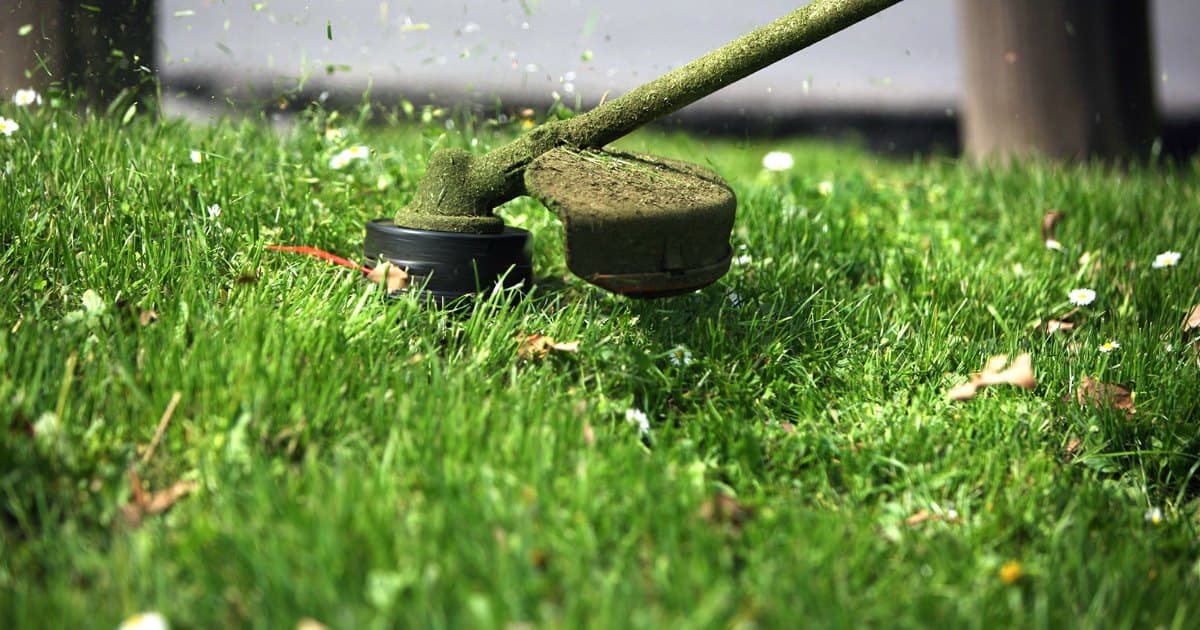

Articles
How To Load Ryobi Weed Wacker
Modified: February 23, 2024
Learn how to load the Ryobi weed wacker with our helpful articles. Get step-by-step instructions and expert tips to keep your yard looking pristine.
(Many of the links in this article redirect to a specific reviewed product. Your purchase of these products through affiliate links helps to generate commission for Storables.com, at no extra cost. Learn more)
Introduction
Welcome to the world of DIY lawn maintenance! If you’re a proud owner of a Ryobi weed wacker, you know just how important it is to keep your trimmer line loaded and ready for action. Whether you’re tackling overgrown grass, weeds, or even some light brush, having a properly loaded weed wacker can make your yard work a breeze. In this article, we’ll guide you through the process of loading your Ryobi weed wacker with trimmer line, ensuring that you’re equipped with the knowledge and confidence to get the job done right.
But before we dive into the step-by-step instructions, it’s crucial to prioritize your safety. Operating any power tool comes with its risks, and a weed wacker is no exception. Always remember to wear protective gear such as safety glasses, gloves, long pants, and closed-toe shoes. Additionally, it’s essential to familiarize yourself with the specific safety precautions outlined in your Ryobi weed wacker’s user manual. Now that we’ve covered safety, let’s move on to loading your weed wacker.
Key Takeaways:
- Prioritize safety by wearing protective gear, inspecting the equipment, and clearing the work area before loading your Ryobi weed wacker. Following safety precautions minimizes risks and creates a safer working environment for you and those around you.
- Choose the correct trimmer line size, load it onto the spool, and secure it in place to ensure optimal cutting performance. Properly winding and testing the weed wacker will help you maintain a well-manicured yard with confidence.
Read more: How To Fix Ryobi Weed Wacker
Safety Precautions
When working with a weed wacker, it’s essential to prioritize safety to prevent accidents and injuries. Here are some important safety precautions to keep in mind before loading your Ryobi weed wacker:
- Read the user manual: Familiarize yourself with your Ryobi weed wacker’s user manual. It provides important information about safe operation, maintenance, and loading procedures specific to your model.
- Protective gear: Always wear the appropriate protective gear, including safety glasses, gloves, long pants, and closed-toe shoes. This will help shield you from any debris that may be thrown around while operating the weed wacker.
- Inspect the equipment: Before loading the weed wacker, inspect it for any visible damages or defects. Ensure that all parts are in good working condition to avoid any mishaps during operation.
- Clear the work area: Remove any obstacles, debris, or potential hazards from the area where you’ll be operating the weed wacker. This includes rocks, sticks, and any other objects that could be picked up and thrown by the trimmer line.
- Keep bystanders at a safe distance: Always maintain a safe distance between yourself, bystanders, and any pets or children. The trimmer line can cause injury if it comes into contact with anything besides your intended cutting surface.
- Power off: Before attempting to load the trimmer line, ensure that the weed wacker is powered off and unplugged. This will prevent any accidental starts or injuries while working on the equipment.
- Proper handling: Handle the trimmer line with care, as the edges can be sharp. Avoid touching the trimmer line directly with your bare hands and use gloves when handling it.
- Maintenance and storage: Regularly inspect and maintain your weed wacker to ensure that it remains in good working condition. Properly store the weed wacker in a secure location when not in use to prevent unauthorized access or accidents.
By following these safety precautions, you’ll minimize the risks associated with operating a weed wacker and create a safer working environment for yourself and those around you. Now that we’ve covered the safety aspect, let’s move on to the step-by-step process of loading your Ryobi weed wacker with trimmer line.
Step 1: Gather the Necessary Tools and Equipment
Before you start loading your Ryobi weed wacker with trimmer line, make sure you have all the necessary tools and equipment at hand. Here’s what you’ll need:
- Ryobi weed wacker: Ensure that your weed wacker is in good working condition and that it is powered off and unplugged.
- Replacement trimmer line: Check your weed wacker’s user manual or the spool itself to determine the appropriate size and type of trimmer line to use. Purchase a replacement trimmer line that matches these specifications.
- Protective gear: Wear safety glasses and gloves to protect yourself from any flying debris or sharp edges.
- Clean cloth or rag: This will come in handy for wiping down the weed wacker and removing any dirt or debris that may have accumulated.
- Scissors or cutters: You may need these to trim the trimmer line to the required length.
By gathering these tools and equipment beforehand, you’ll have everything you need within reach, saving you time and ensuring a smoother loading process.
Now that you’re equipped with the necessary tools and equipment, it’s time to move on to the next step: preparing the weed wacker for loading. Stay tuned!
Step 2: Prepare the Weed Wacker for Loading
Before you can begin loading the trimmer line onto your Ryobi weed wacker, you need to prepare the tool for the process. Here’s what you need to do:
- Power off the weed wacker: Ensure that the weed wacker is powered off and unplugged for your safety.
- Remove the battery (if applicable): If your Ryobi weed wacker is battery-powered, remove the battery before proceeding. This will prevent any accidental starts or injuries while you work on the tool.
- Clean the spool and head: Use a clean cloth or rag to wipe down the spool and head of the weed wacker, removing any dirt, debris, or old trimmer line remnants. This will ensure a smooth loading process and prevent any blockages or interference with the new trimmer line.
- Inspect for damages: Check the spool and head of the weed wacker for any visible damages or defects. If you notice any issues, such as cracks or broken parts, it’s advisable to replace them before proceeding with the loading process.
By preparing the weed wacker before loading the trimmer line, you’ll ensure that the tool is in optimal condition and ready for the task at hand. This step will also help to prolong the life of your weed wacker and prevent any potential issues during operation.
Now that you’ve prepared the weed wacker, it’s time to move on to the next step: removing the old trimmer line (if necessary). Let’s get started!
Step 3: Remove the Old Trimmer Line (If Necessary)
If your Ryobi weed wacker already has old trimmer line on the spool, it’s important to remove it before loading new trimmer line. Here’s how you can remove the old trimmer line:
- Locate the spool: The spool is the part of the weed wacker that holds the trimmer line. It is typically located at the head of the weed wacker.
- Remove the spool: Depending on the model, you may need to unscrew or detach the spool from the weed wacker. Refer to your weed wacker’s user manual for specific instructions.
- Unwind the old trimmer line: Carefully unwrap and remove the old trimmer line from the spool. Take note of how the line is wound, as this will help you when loading the new trimmer line later on.
- Clean the spool: Take this opportunity to clean the spool, removing any dirt, debris, or tangled trimmer line remnants. A clean spool will allow for smooth operation and proper winding of the new trimmer line.
- Inspect for damages: While removing the old trimmer line, inspect the spool for any damages or defects. If you notice any issues, it’s recommended to replace the spool before proceeding with the loading process.
Removing the old trimmer line ensures a fresh start for loading the new trimmer line onto the spool. It allows for smooth operation and prevents any potential issues caused by tangled or damaged trimmer line. Once you’ve removed the old trimmer line and cleaned the spool, you’re ready to move on to the next step: choosing the right trimmer line size. Let’s continue!
Read more: How To Start Ryobi Weed Wacker
Step 4: Choose the Right Trimmer Line Size
Choosing the correct trimmer line size for your Ryobi weed wacker is crucial to ensure optimal cutting performance. The trimmer line size refers to its diameter, which determines its cutting strength and suitability for different types of vegetation. Here’s how you can choose the right trimmer line size:
- Refer to the user manual: Your Ryobi weed wacker’s user manual should provide information on the recommended trimmer line size for your specific model. Consult the manual to determine the size that is compatible with your weed wacker.
- Check the existing spool: If you still have the original spool with the trimmer line, examine it for any markings or indicators that specify the trimmer line size. Look for numbers or letters on the spool that indicate the diameter of the trimmer line.
- Consider your needs: Take into account the type of vegetation you’ll be trimming. For light-duty tasks such as cutting grass, a thinner trimmer line (around 0.065-0.080 inches) may be sufficient. However, for thicker weeds or dense brush, a thicker trimmer line (around 0.080-0.105 inches) may be more suitable.
- Purchase the appropriate trimmer line: Once you have determined the recommended size for your Ryobi weed wacker and considered your specific needs, purchase a replacement trimmer line that matches the required size. Many home improvement stores or online retailers offer a variety of trimmer lines to choose from.
Choosing the right trimmer line size will ensure that you achieve the best cutting results and prevent strain on the weed wacker’s motor. With the appropriate trimmer line size selected, you’re ready to move on to the next step: loading the trimmer line onto the spool. Let’s get started!
When loading a Ryobi weed wacker, make sure to follow the manufacturer’s instructions for winding and securing the trimmer line. This will ensure proper operation and prevent any potential issues while using the tool.
Step 5: Load the Trimmer Line onto the Spool
Now that you have the correct trimmer line size and all the necessary tools, it’s time to load the trimmer line onto the spool of your Ryobi weed wacker. Here’s how you can do it:
- Locate the spool: The spool is the part of the weed wacker that holds the trimmer line. On most Ryobi weed wacker models, you can find the spool at the head of the tool.
- Prepare the trimmer line: If your replacement trimmer line is on a spool, remove it and unravel a sufficient length for loading. You may need to cut the trimmer line using scissors or cutters, depending on the required length and your weed wacker’s spool size.
- Identify the loading holes: Look for the loading holes on the spool. These are usually small openings or notches where the trimmer line will be inserted.
- Insert the trimmer line: Take one end of the trimmer line and insert it into one of the loading holes. Follow any directional arrows or instructions on the spool for proper line insertion.
- Wind the trimmer line: Hold the trimmer line firmly and start winding it onto the spool in the direction indicated by the spool arrows. Ensure that the line is tightly wound and evenly spaced as you wind it.
- Continue winding: Keep winding the trimmer line onto the spool until you reach the desired length or until the spool is almost full. Leave a small tail (approximately 6-8 inches) of the trimmer line unwound to prevent it from getting tangled or trapped inside the spool.
- Secure the trimmer line: With the trimmer line loaded onto the spool, make sure it is secured in the notches or notches provided on the spool to prevent it from unraveling or coming loose during operation.
By following these steps, you’ll successfully load the trimmer line onto the spool of your Ryobi weed wacker. Once the trimmer line is properly loaded, you can move on to the next step: winding the trimmer line onto the spool. Stay tuned!
Step 6: Wind the Trimmer Line onto the Spool
Now that you have loaded the trimmer line onto the spool of your Ryobi weed wacker, it’s time to wind the line evenly and neatly. Properly winding the trimmer line ensures optimal cutting performance and prevents any tangles or snags during operation. Follow these steps to wind the trimmer line onto the spool:
- Hold the spool: Grasp the spool firmly with one hand. Ensure a secure grip to prevent the spool from spinning or moving during the winding process.
- Tension the trimmer line: Use your other hand to apply slight tension to the trimmer line as you wind it onto the spool. This will prevent the line from becoming loose or tangled and ensure a smooth feed during operation.
- Wind in the direction indicated: Refer to the directional arrows on the spool to determine the correct winding direction. Most Ryobi weed wacker models require winding in a counterclockwise direction, but consult your user manual for specific instructions.
- Start winding: Begin winding the trimmer line around the spool, keeping it tight and evenly spaced. Use slow and steady movements to maintain control and achieve a neat winding pattern.
- Overlap the trimmer line: As you wind the line, overlap each turn slightly to ensure no gaps or spaces between the windings. This will prevent the line from slipping or getting tangled inside the spool during operation.
- Continue winding: Keep winding the trimmer line until you have filled the spool to the desired capacity. Be mindful not to overfill the spool, as it may impede the trimmer line’s feeding mechanism.
- Leave space: It’s essential to leave a small gap between the wound trimmer line and the outer edge of the spool, ensuring that the line doesn’t get jammed or tangled when in use.
With the trimmer line properly wound onto the spool, you’re ready to move on to the next step: securing the trimmer line on the spool. Stay tuned!
Step 7: Secure the Trimmer Line on the Spool
After winding the trimmer line onto the spool of your Ryobi weed wacker, it’s important to secure the line to prevent it from unraveling or coming loose during operation. Follow these steps to securely fasten the trimmer line on the spool:
- Locate the notches or tabs: Look for notches or tabs on the spool that are designed to hold the trimmer line in place.
- Feed the trimmer line into the notches: Take the end of the trimmer line that you left untangled and insert it into one of the notches on the spool. Ensure that the line is securely positioned and held in place by the notch.
- Repeat for remaining ends: If your spool has multiple notches, repeat the previous step for any additional ends of the trimmer line. Distribute the ends evenly around the spool to maintain balance and stability.
- Tug to test: Once the trimmer line is inserted into the notches, gently tug on each end to ensure that it is held securely. The line should be firmly held in place without any slippage or movement.
- Trim any excess line: If there is any excess trimmer line sticking out from the notches, use scissors or cutters to trim it, leaving a clean and tidy appearance.
By following these steps, you will ensure that the trimmer line is securely fastened to the spool, reducing the risk of it coming loose or unraveling during operation. With the trimmer line secured, you can now move on to the next step: reassembling the weed wacker. Let’s continue!
Read more: How To Change Spool In Ryobi Weed Wacker
Step 8: Reassemble the Weed Wacker
Now that you have loaded and secured the trimmer line onto the spool of your Ryobi weed wacker, it’s time to reassemble the tool. Follow these steps to put the weed wacker back together:
- Retrieve the spool: Ensure that the trimmer line is securely attached to the spool and that the spool is free from any dirt or debris.
- Align and insert the spool: Align the spool with the head of the weed wacker and insert it back into place. Follow any directional arrows or guides on the weed wacker to ensure proper alignment.
- Secure the spool: Depending on your Ryobi weed wacker model, you may need to twist, press, or lock the spool into place. Refer to your user manual for specific instructions on securing the spool.
- Reinsert the battery (if applicable): If your weed wacker is battery-powered, now is the time to reinsert the battery into the tool, ensuring a secure connection.
- Double-check the trimmer line: Before powering on the weed wacker, visually inspect the trimmer line to ensure that it is properly wound, secured, and not tangled or loose.
- Verify the power source: If your weed wacker operates on electricity, make sure that it is plugged into a reliable power source. Ensure that the power cord is free from any tangles or obstacles that may interfere with your work.
- Test the weed wacker: With everything reassembled and in place, power on the weed wacker and test it to ensure that the trimmer line feeds properly and that the tool is functioning as expected.
By reassembling the weed wacker correctly, you’ll be ready to tackle your yard work effectively and safely. With the trimmer line loaded, secured, and the weed wacker reassembled, you’re almost done. Let’s move on to the final step: testing the weed wacker before getting to work. Stay tuned!
Step 9: Test the Weed Wacker
Once you have loaded, secured, and reassembled your Ryobi weed wacker, it’s important to perform a quick test before you start your yard work. The test will help ensure that everything is in proper working order and that the trimmer line feeds correctly. Follow these steps to test your weed wacker:
- Find a safe area: Choose a clear and open area in your yard where you can safely test the weed wacker without any obstructions or potential hazards.
- Put on safety gear: Before starting the test, put on your safety glasses, gloves, long pants, and closed-toe shoes to protect yourself from any debris that the weed wacker may throw.
- Power on the weed wacker: If your weed wacker is electric-powered, plug it into a secured power source. If it is battery-powered, ensure that the battery is fully charged and properly inserted.
- Hold the weed wacker correctly: Grip the handle of the weed wacker firmly and position it at a comfortable level for you. Ensure that the trimmer line is clear of any obstructions or objects.
- Engage the trimmer line: Activate the trimmer line by pressing the appropriate button or trigger, depending on your weed wacker model. Listen for the sound of the trimmer line rotating and cutting through the air.
- Observe the trimmer line feed: Monitor the trimmer line as it feeds out from the spool. Ensure that it extends smoothly and evenly without any tangles or issues.
- Cut through grass or weeds: If everything looks and sounds in order, slowly lower the weed wacker to the desired cutting height and move it back and forth to cut through grass or weeds. Pay attention to how well the trimmer line performs.
- Check for any problems: During the test, watch out for any issues such as abnormal sounds, vibrations, or the trimmer line not feeding properly. If you encounter any problems, power off the weed wacker and inspect for any needed adjustments or repairs.
By performing a thorough test, you can ensure that your Ryobi weed wacker is functioning correctly and that the trimmer line is feeding properly. If you encounter any problems or abnormalities during the test, refer to the user manual for troubleshooting steps or seek assistance from a professional. Once you’re satisfied with the results of the test, you’re ready to confidently tackle your yard work with your newly loaded weed wacker.
Congratulations! You have successfully learned how to load your Ryobi weed wacker and are now equipped with the knowledge and skills to keep your yard looking pristine. Remember to follow safety precautions, maintain your weed wacker regularly, and always use the appropriate size and type of trimmer line for optimal performance. Happy trimming!
Conclusion
Congratulations on successfully learning how to load your Ryobi weed wacker! By following the step-by-step instructions outlined in this article, you now have the knowledge and skills to keep your weed wacker running efficiently and effectively. Whether you’re tackling overgrown grass, stubborn weeds, or light brush, having a properly loaded trimmer line is essential for achieving a well-manicured yard.
Throughout the process, we highlighted the importance of safety and provided you with essential safety precautions to follow. Your well-being is of utmost importance, and it’s crucial to prioritize protective gear and familiarize yourself with the safety guidelines outlined in your weed wacker’s user manual.
We also guided you through each step of the loading process, from gathering the necessary tools and preparing the weed wacker to choosing the right trimmer line size, loading the line onto the spool, and securing it in place. You learned how to wind the trimmer line evenly, reassemble the weed wacker, and perform a test to ensure proper functionality.
Remember, regular maintenance and inspection of your weed wacker is vital to keep it in optimal working condition. Additionally, always use the correct size and type of trimmer line recommended by Ryobi for the best cutting performance.
Now that you’re equipped with the knowledge and skills to load your Ryobi weed wacker, you’re ready to tackle your yard work with confidence. Enjoy the satisfaction of a well-maintained lawn and a neatly trimmed landscape. Happy gardening!
Frequently Asked Questions about How To Load Ryobi Weed Wacker
Was this page helpful?
At Storables.com, we guarantee accurate and reliable information. Our content, validated by Expert Board Contributors, is crafted following stringent Editorial Policies. We're committed to providing you with well-researched, expert-backed insights for all your informational needs.
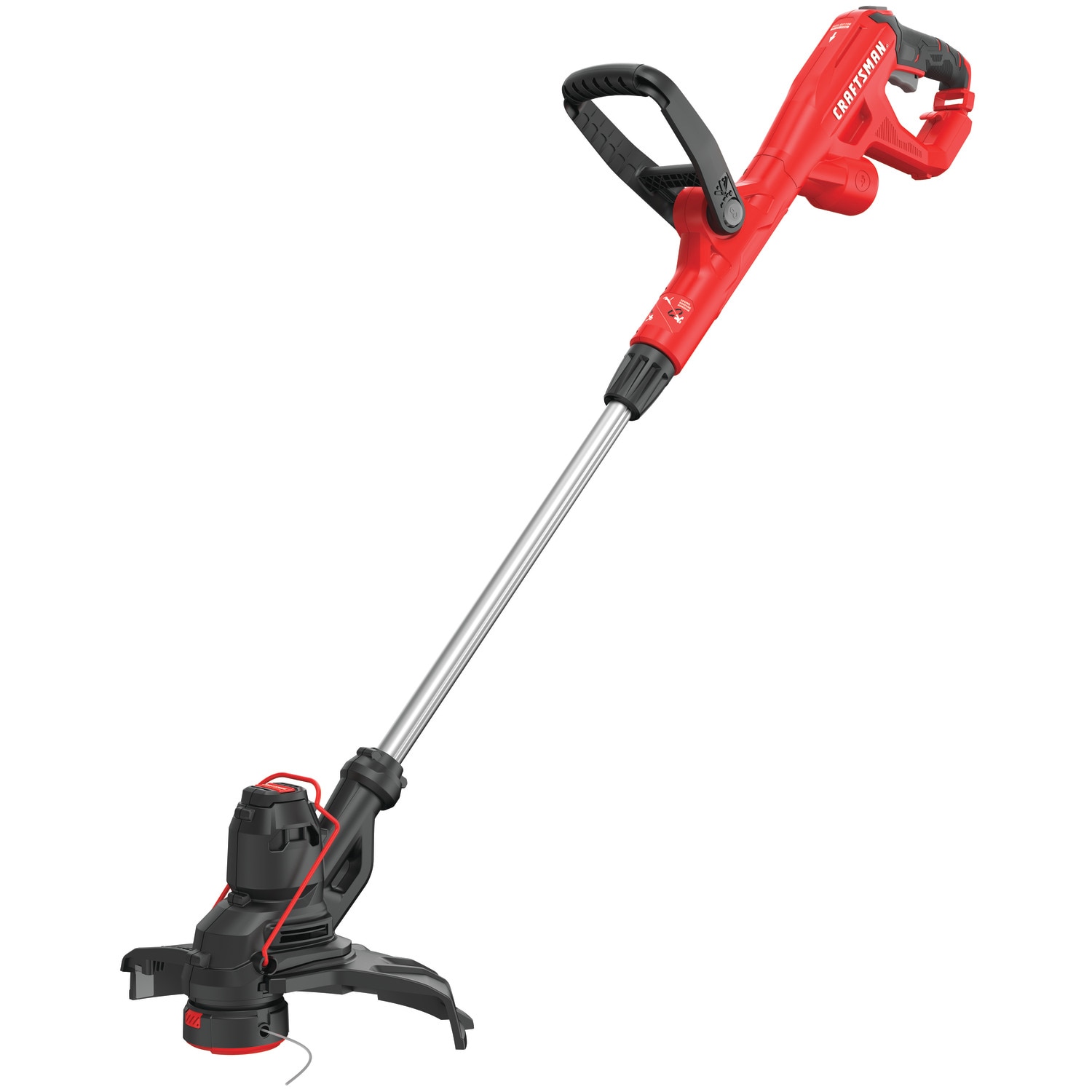
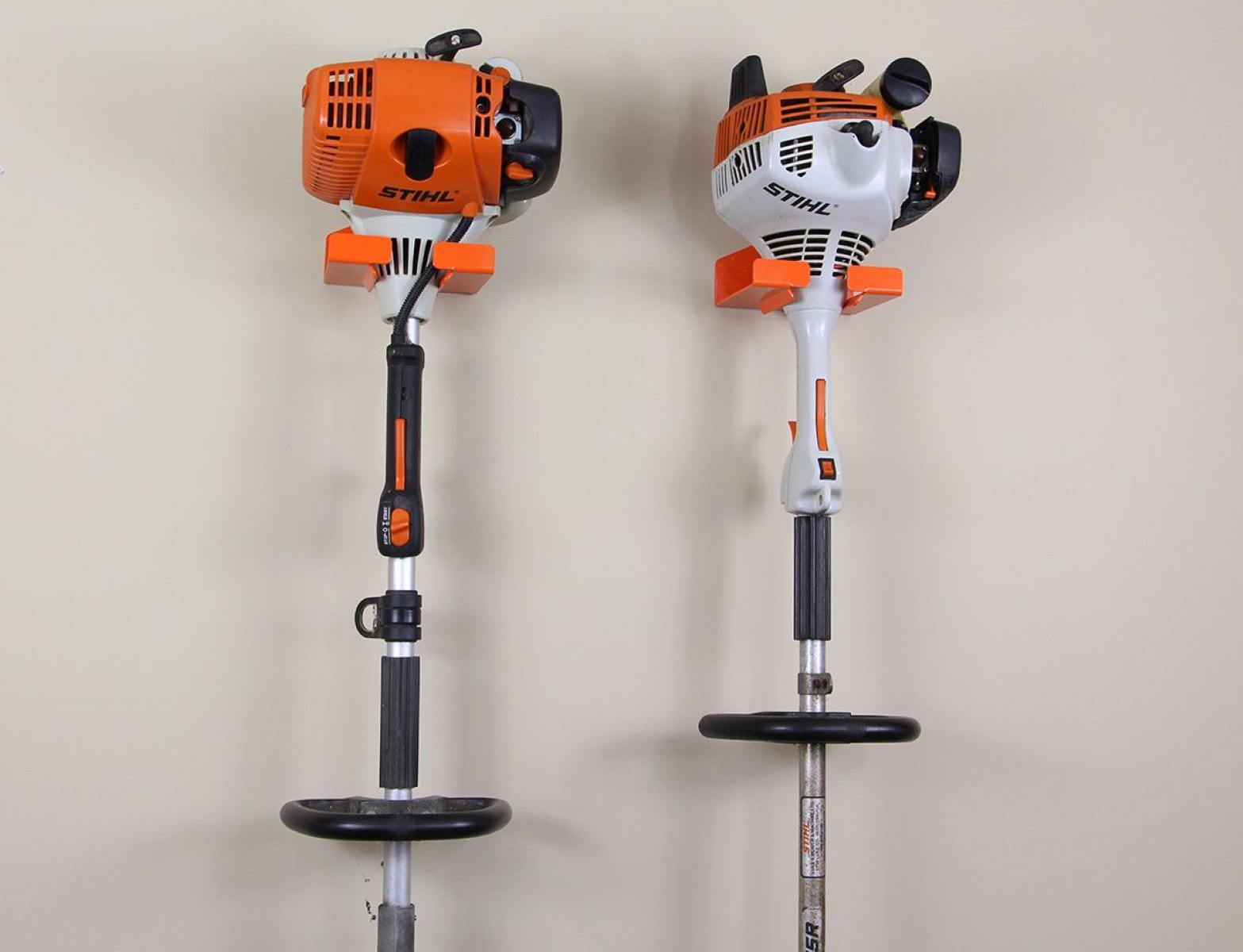
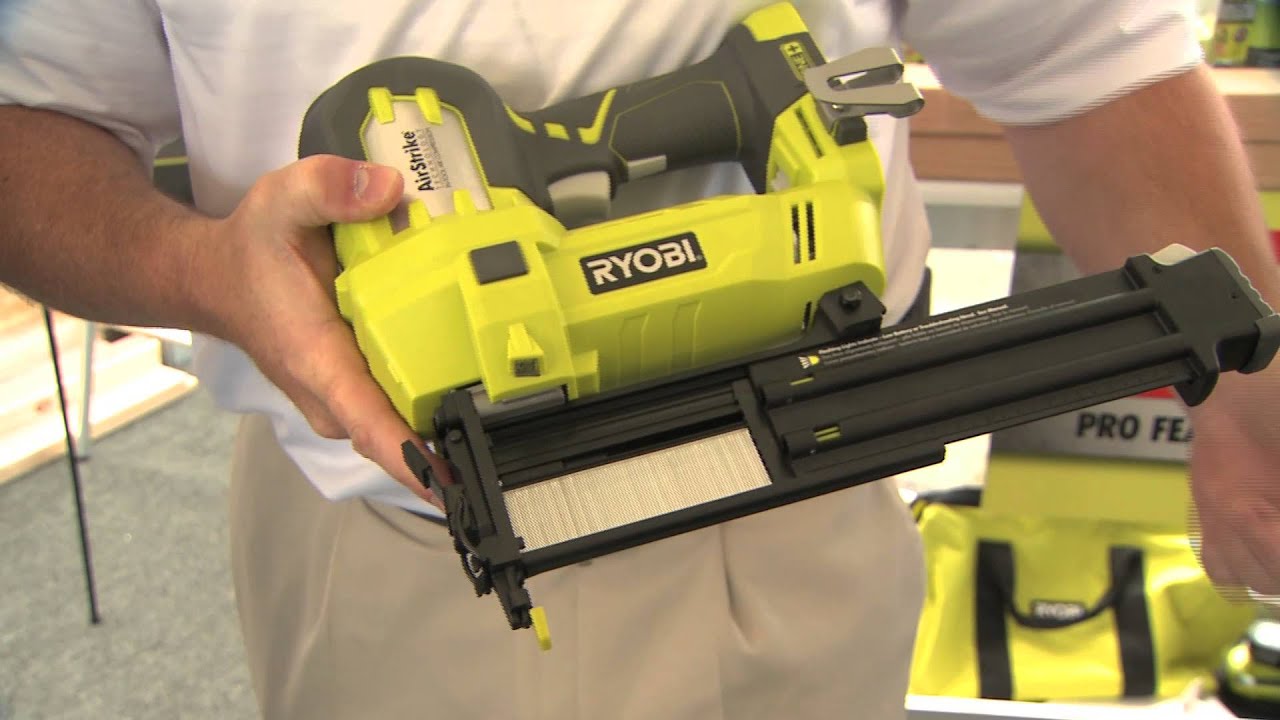
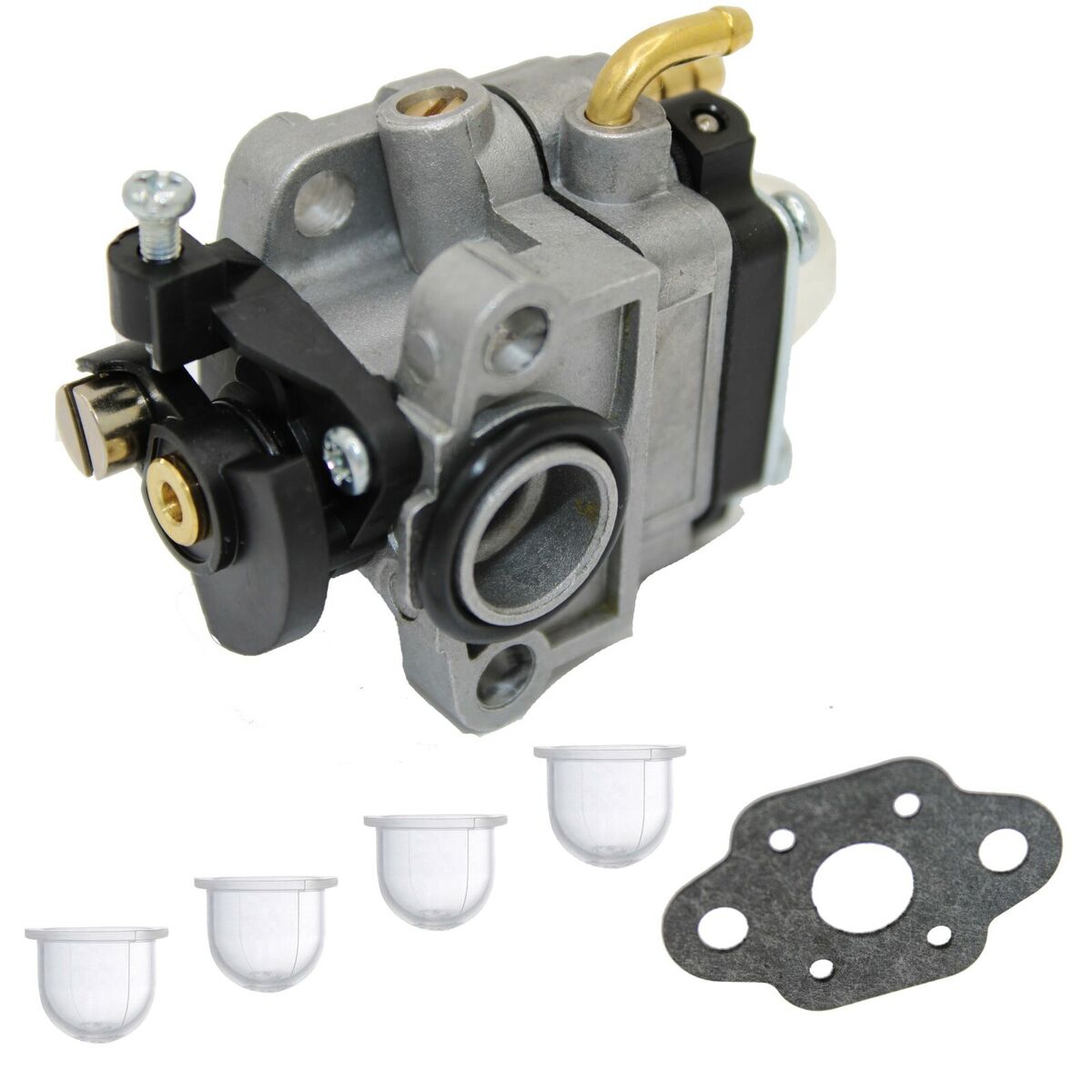
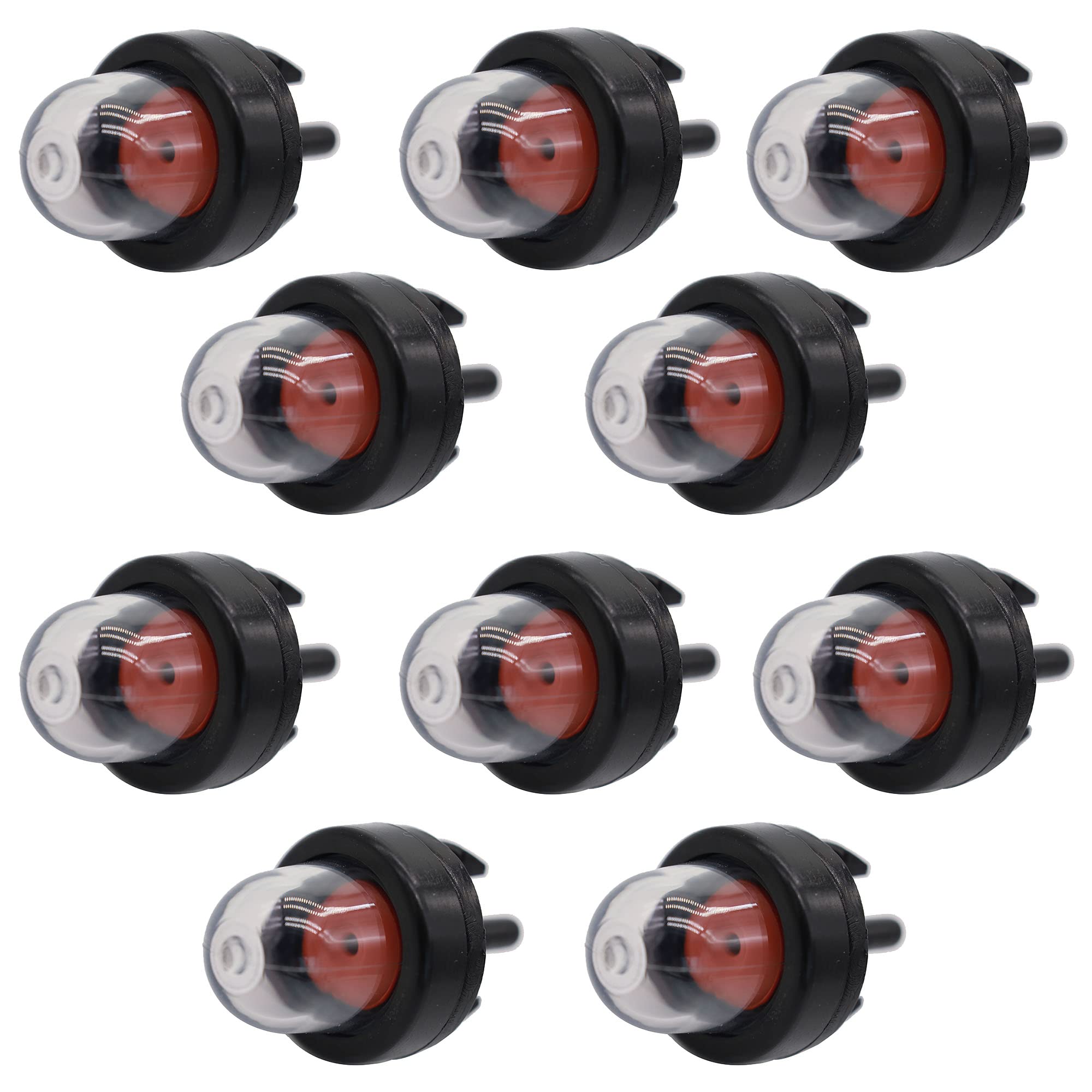


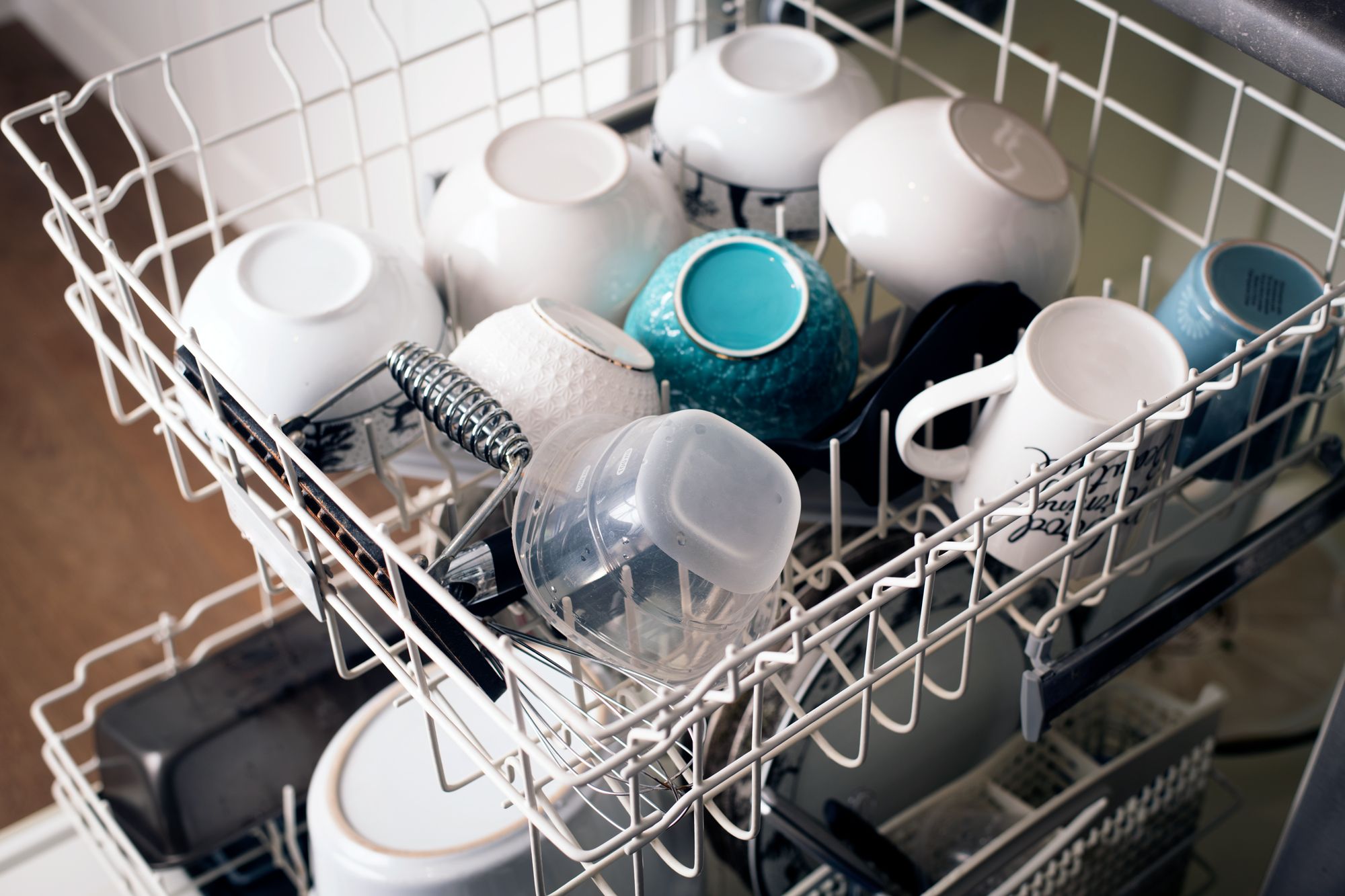


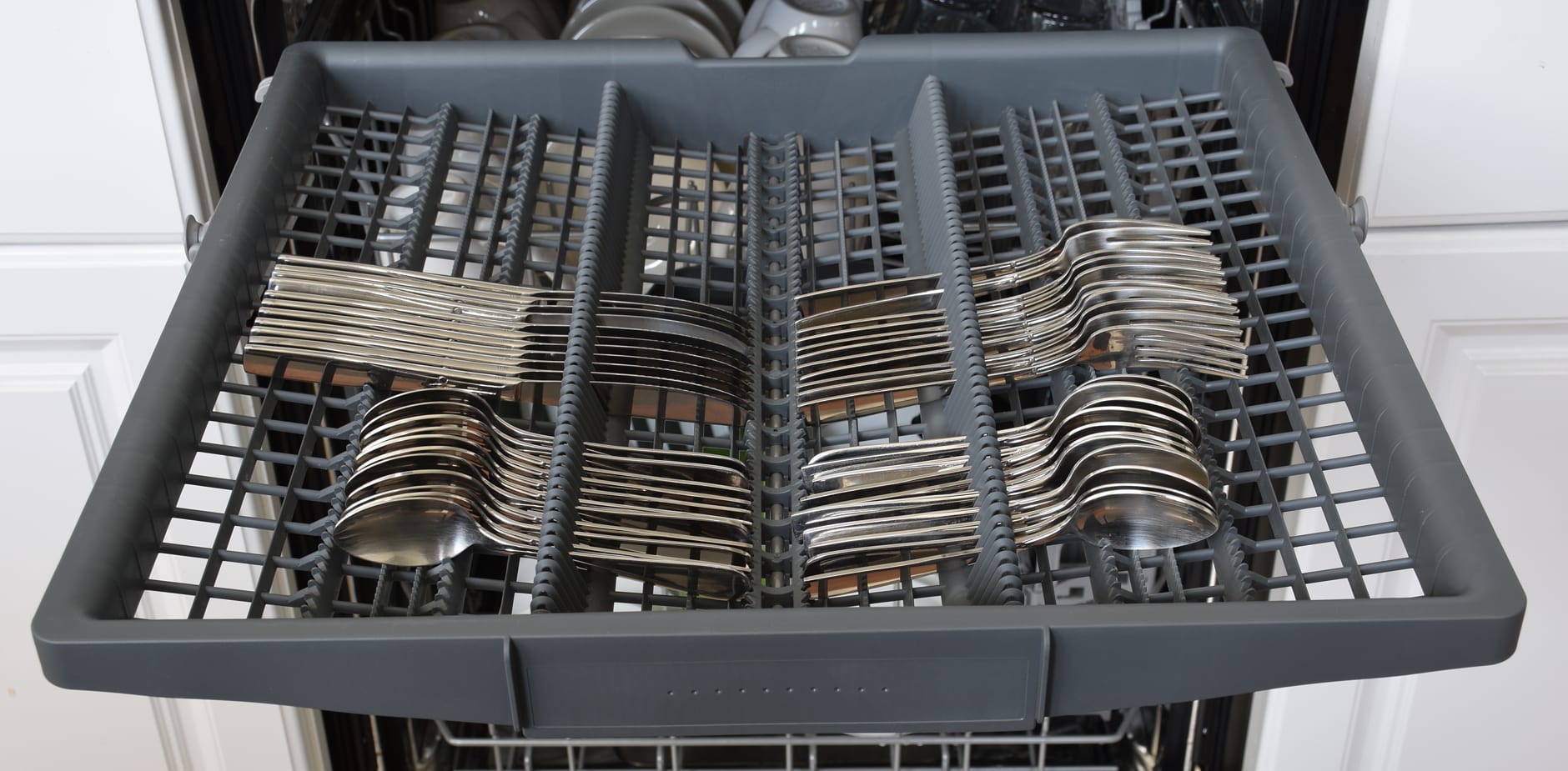
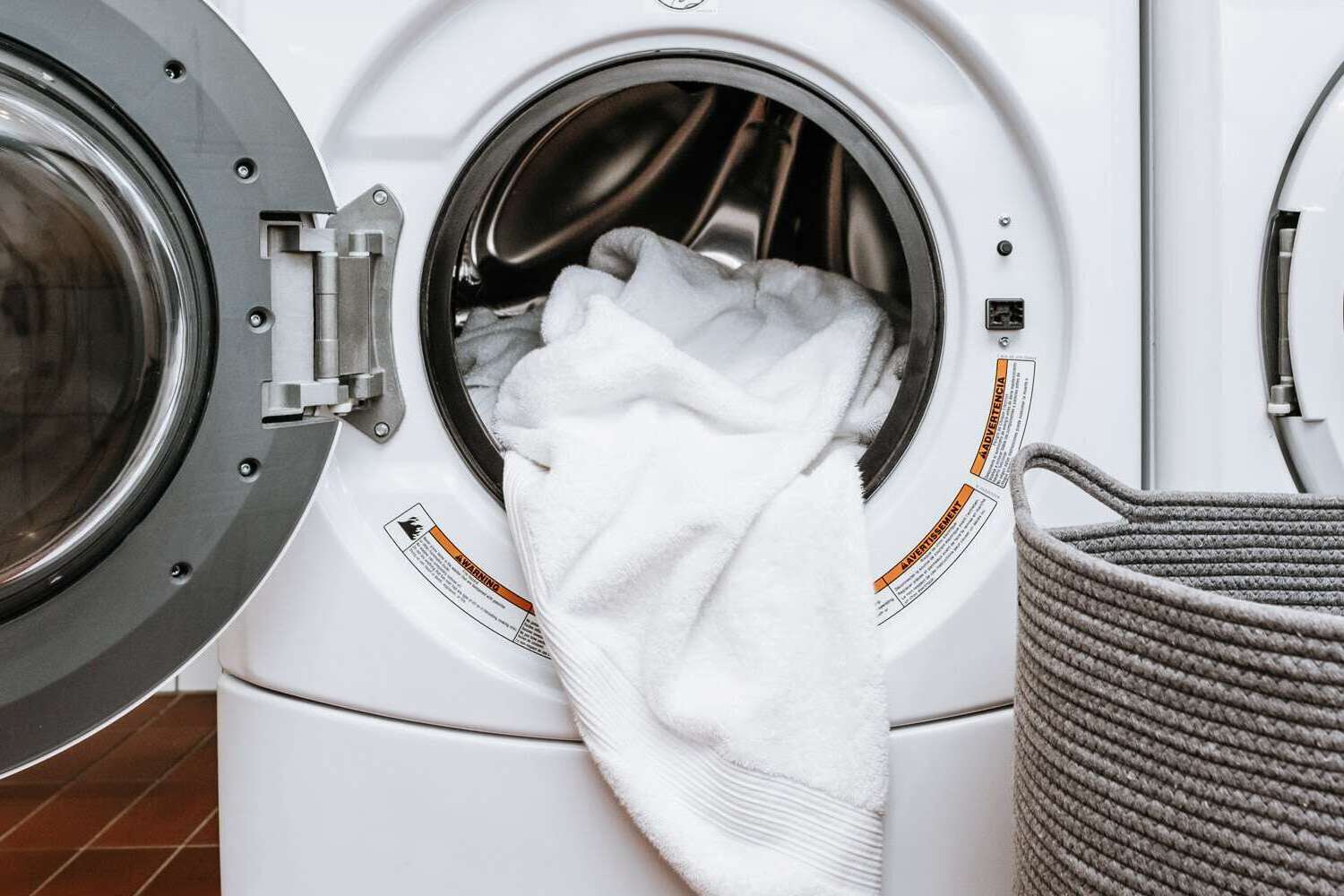


0 thoughts on “How To Load Ryobi Weed Wacker”